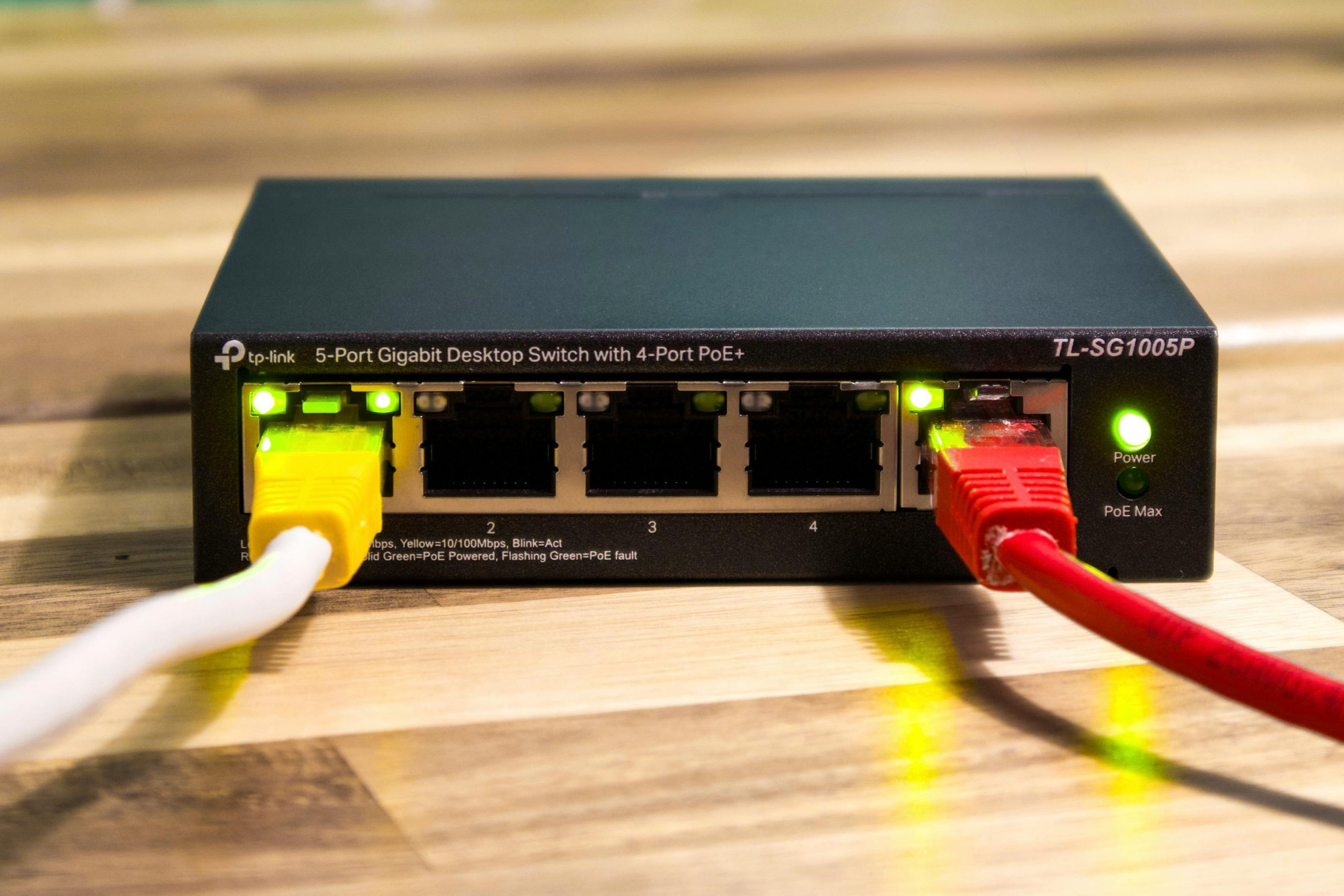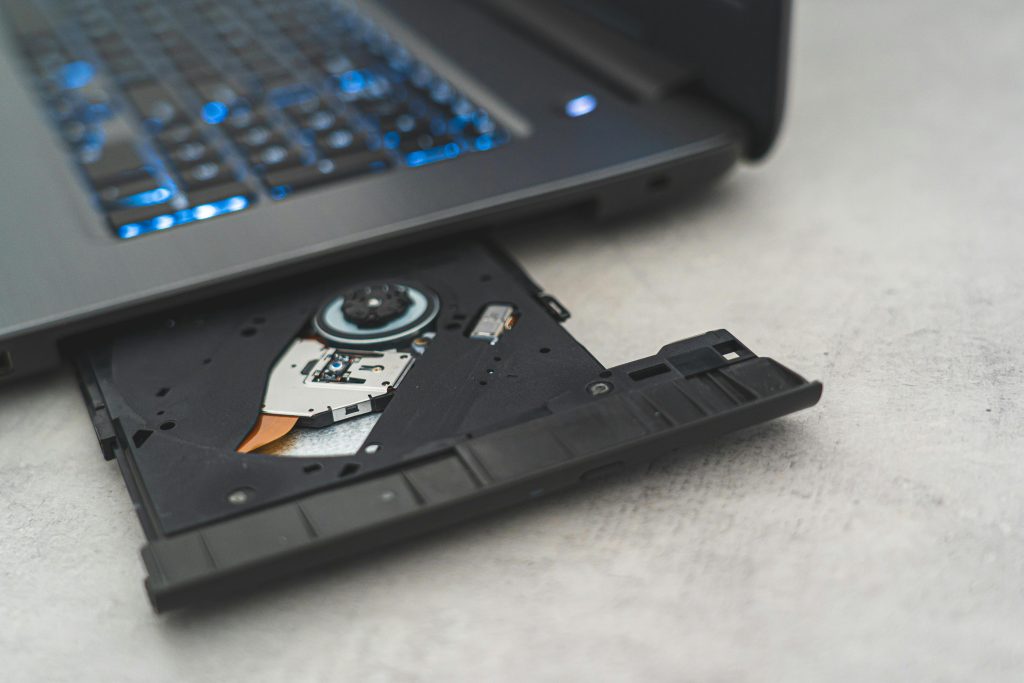Troubleshooting Ethernet Speed Issues: Achieving Gigabit Connectivity
If you’re experiencing slow or inconsistent Ethernet speeds despite using a high-quality cable, you’re not alone. Many users encounter challenges when trying to optimize their wired network connections, especially when aiming for gigabit speeds. Here’s a comprehensive guide to help you troubleshoot and resolve common Ethernet connectivity issues, even if you’re not highly experienced with networking.
Understanding Your Equipment and Environment
First, ensure that your setup supports gigabit Ethernet:
- Ethernet Cable: A Cat6 cable, when properly wired and intact, should support gigabit speeds. Check for physical damage or kinks in the cable.
- Network Interface Card (NIC): Verify that your computer’s Ethernet port supports gigabit speeds.
- Network Switch or Router: Confirm that your switch or router supports gigabit Ethernet on relevant ports.
Common Symptoms and Initial Observations
- Manual setting the Ethernet speed to Gigabit causes disconnection.
- The connection frequently fluctuates, requiring multiple reconnections.
- Initial connection speeds hover around 100 Mbps, or slow, until reconnected.
- The system occasionally defaults back to Wi-Fi, which might indicate a problem with the Ethernet connection.
Step-by-Step Troubleshooting Guide
1. Verify Physical Connections
– Ensure the Ethernet cable is securely plugged into both your computer and the network device.
– Test with a different Ethernet port on your switch or router.
– Use a different Ethernet cable if available to rule out cable faults.
2. Check Network Adapter Settings
– On Windows:
– Open Device Manager.
– Locate your Ethernet adapter under Network adapters.
– Right-click and select Properties.
– Navigate to the Advanced tab.
– Find Speed & Duplex.
– Set it to Auto Negotiation or specifically select 1.0 Gbps Full Duplex.
– Note: Manually forcing the speed can sometimes cause disconnection if the hardware isn’t fully compatible or if there’s a fault.
3. Use Network Troubleshooter
– Windows provides built-in troubleshooters:
– Go to Settings > Network & Internet > Status.
– Click Network Troubleshooter and follow the prompts.
4. Update Network Drivers
– Outdated or incompatible drivers can cause connection issues.
– Visit the manufacturer’s website for the latest drivers.
– Install updates and restart your computer.
**5. Reset Network Settings
Share this content:



